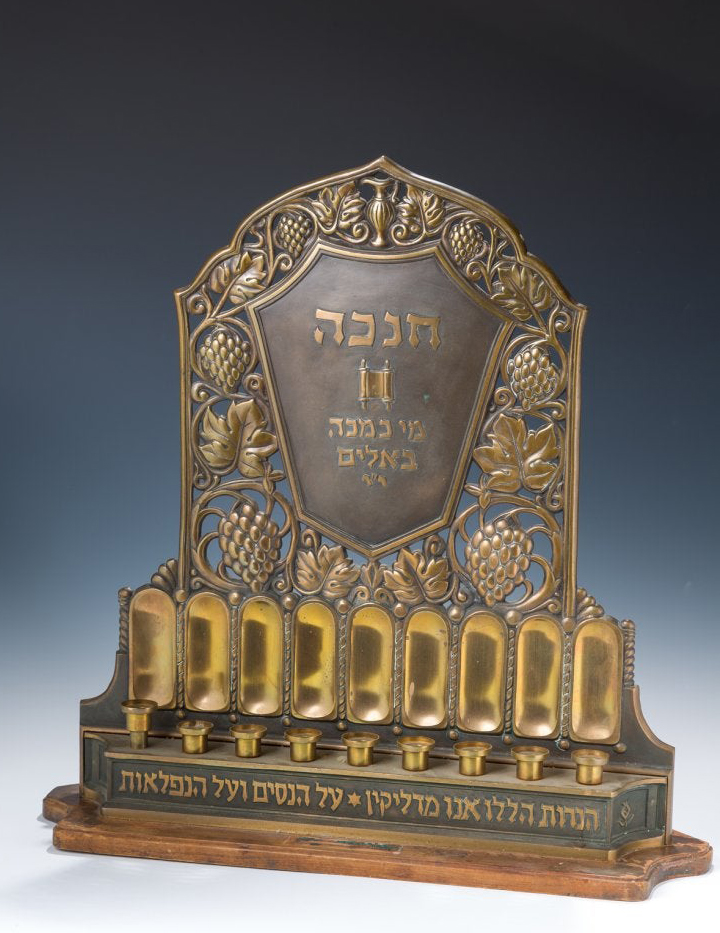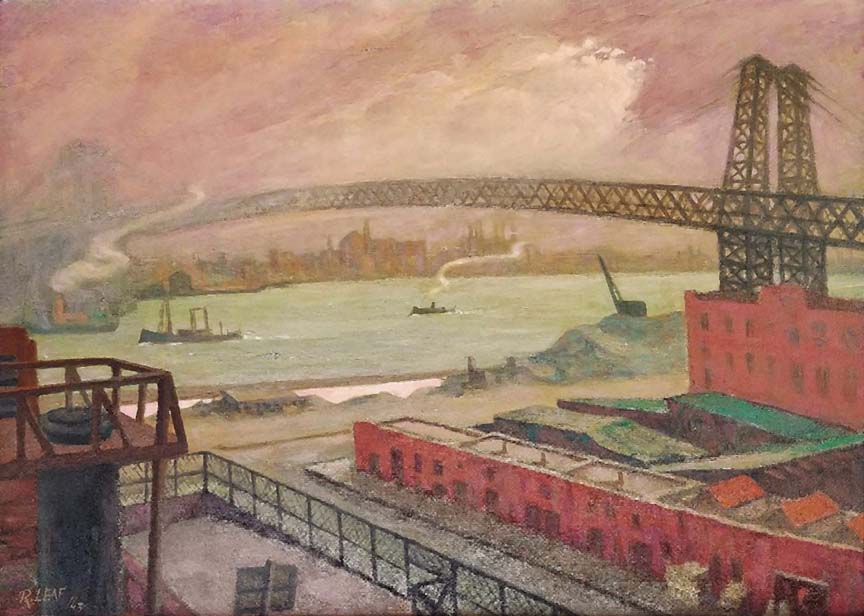
Immigration: To and Fro…
by Tom Miller, for They Were Here, Landmark West’s Cultural Immigrant Initiative
On September 12, 1885 The Record & Guide reported that the real estate developing firm Barkel & McKean intended to erect five five-story tenements with stores on the northwest corner Ninth Avenue and 68th Street, stretching north. The term “tenements” apparently raised the ire of the developers, for two weeks later the journal noted “We have since been informed that the houses on the avenue are to be first-class flats with all the latest improvements.”
Designed by the architectural firm of Babcock & McAvoy, each of the buildings was three bays wide and cost $20,000 to erect—in the neighborhood of $550,000 today. Above the cast iron storefronts their brownstone clad facades were designed in the neo-Grec style with rigid geometrical lines and full architrave frames around the windows. The buildings were unified not only by identical designs, but by a prominent molded band course above the third floor and a continuous bracketed cornice.
When Ninth Avenue was renamed Columbus Avenue in the early 1890’s the northernmost building received the new address of 188. Its residents were respectable, middle-class working people like Edward H. Mullins, who was listed in 1894 as a journalist and in 1897 as an author. (He apparently lost his job at the newspaper.) Other tenants in the 1890’s included John Rohl, a piano maker; Henry A. Berthaume, a waiter, and his wife, Bertha, who was a dressmaker, and Augusta and Susan Windecker. Augusta ran a millinery shop nearby at 192 Columbus Avenue and Susan was a partner in Theiss & Windecker, the dressmaking shop on the street level. Other tenants were Edward H. Mullin, a clerk; plumber Thomas F. Burke; and John J. McKenna who ran a storage facility.
She was looking for “a competent dressmaker to take charge of an established dressmaking parlor, with large trade; very small capital required; owner leaves for Europe, not returning.”
It appears that the Windecker women—or at least Susan—left New York for good in 1897. An advertisement appeared in the New York Herald on May 30 that year offering the shop for sale. She was looking for “a competent dressmaker to take charge of an established dressmaking parlor, with large trade; very small capital required; owner leaves for Europe, not returning.”
Rent was apparently quite affordable. Annie A. Smith lived here for several years in the beginning of the 20th century, living off the pension of her deceased police officer husband. She annually received the equivalent of $8,000 today.
By the early years of the 1920’s the former dressmaking shop had become a delicatessen. The rampant criminal activity of organized gangs during the Roaring ‘20’s often brings Chicago to mind—with Fedora wearing mobsters toting machine guns and terrorizing speakeasies. But New York City had its own share of that action, and in October 1924 the deli at 188 Columbus Avenue was a target of armed robbers.
A few days later detectives arrested four men and recovered a platinum and diamond ring stolen from the fiancée of “Dapper Dan” Collins, described by the New York Evening Post as a “notorious international thief and confidence man.” The victims of recent hold-ups were called in to possibly identify the gunmen. The owner of the deli was not especially eager to finger gang members. “A delicatessen dealer at 188 Columbus avenue failed to identify them in West Side Court today, however,” said the Evening Post.
A few days later detectives arrested four men and recovered a platinum and diamond ring stolen from the fiancée of “Dapper Dan” Collins, described by the New York Evening Post as a “notorious international thief and confidence man.”
By 1929 artist Ruben Leaf (whose birth name was Lipschitz) had an apartment. He produced Jewish artwork for residences and synagogues and worked in several media including bronze from which he formed ceremonial and decorative items like menorahs.
Prohibition ended in December 1933 and restaurant and hotels scrambled to obtain their liquor licenses. New taverns opened around the city, including the Shamrock Bar & Grill which took over the former deli space. The pub was owned by Patrick J. Cooney and John J. Healy, both natives of Dunmore, Ireland, in County Galway. The partners held their grand opening party in January 1936. The Irish community newspaper The Advocate said the men were “delighted with its great success” and added that the Shamrock was “a splendid place to enjoy a nice evening.”
The Columbus Avenue neighborhood became trendy in the last decade of the century. By 1995 Seattle Coffee Roasters was in the store, followed by the Gourmet Market and then Details, a stylish housewares boutique.
The early 2000’s saw Wink, a women’s fashion and accessories boutique in the space. It remained until 2015 when it was followed T2, an Australian tea shop featuring over 200 varieties of tea.
Meanwhile the upper floors are little changed since the first residents unpacked their things in 1886.
Tom Miller is a social historian and blogger at daytoninmanhattan.blogspot.com
LEARN MORE ABOUT
188 Columbus Avenue
Keep
Exploring
Be a part of history!
Shop local to support the businesses currently at 188 Columbus Avenue:



